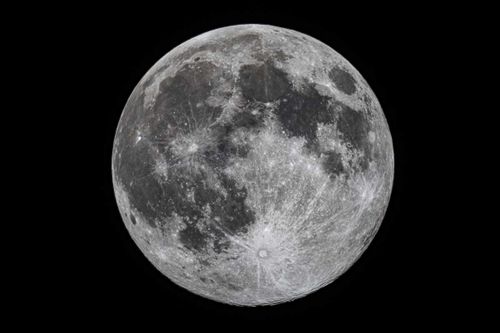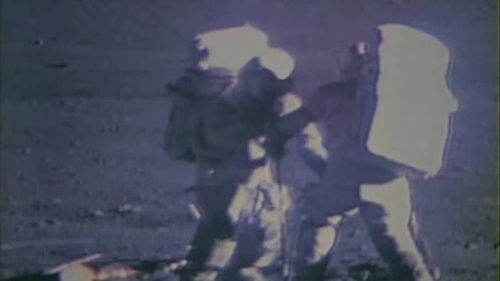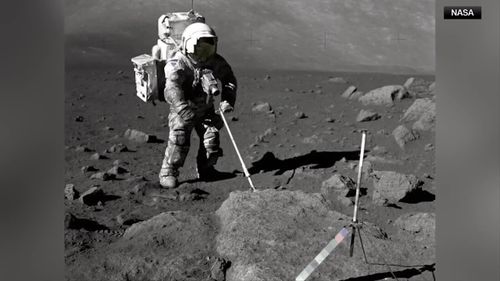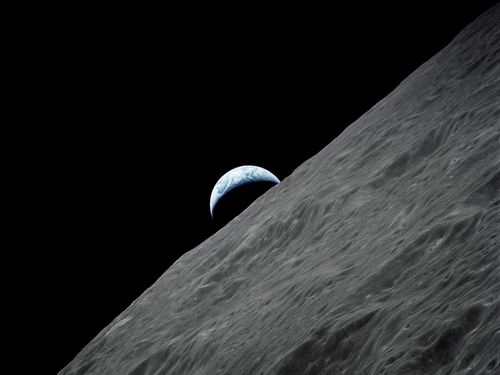A rock collected by an Apollo 17 astronaut in 1972 reveals the age of the moon
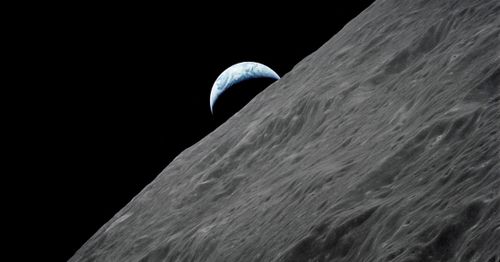
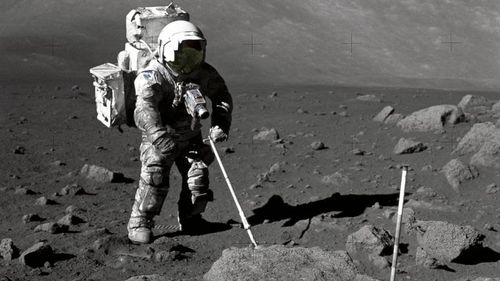
In the early stages of our solar system's formation, characterized by Earth's growth, frequent collisions between rocky bodies occurred. Over 4 billion years ago, a Mars-sized object collided with Earth, ejecting a substantial rocky fragment that later became the moon. However, pinpointing the exact date of this significant event has proven challenging. The energy from this collision melted the rock that eventually solidified to become the moon's surface.

In the final moon mission, Apollo 17, in 1972, astronauts Harrison Schmitt and Eugene Cernan gathered approximately 243 pounds of lunar soil and rock samples for analysis on Earth. Now, fifty years later, scientists are studying zircon crystals from one of Schmitt's rock samples to gain insights into the moon's formation and its exact age.

Lunar dust obtained by Apollo 17 astronauts in the 1970s has led to a discovery that the moon is approximately 40 million years older than previously thought. The sample collected during the December 11, 1972 mission by NASA astronauts Eugene Cernan and Harrison Schmitt contained zircon crystals, which were dated to be 4.46 billion years old. This new analysis revises the moon's age from earlier estimates, which had placed it at 4.425 billion years and was formed as a result of a significant celestial collision.

